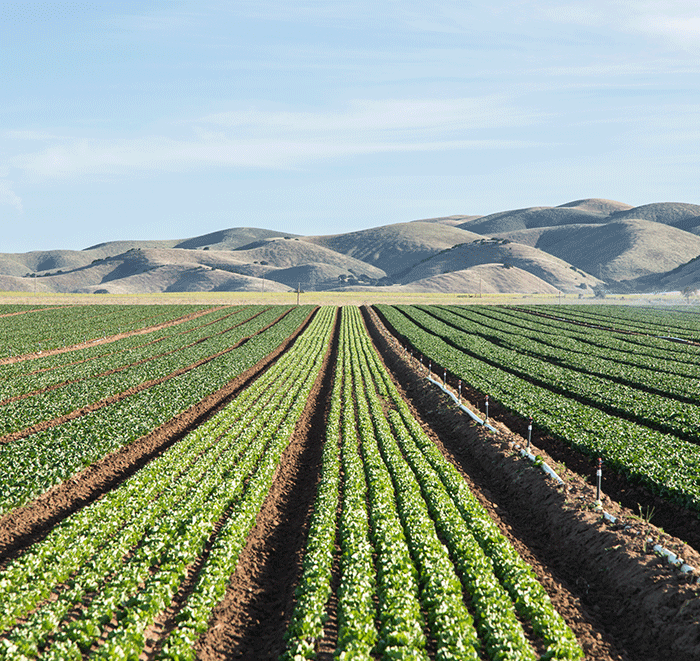

Importance of winter precipitation in tree fruit production
In recent times, we have witnessed both the wettest and driest years on record and the climate variations will continue to intensify. The primary factor contributing to soil resilience during extreme weather, be it excessive rain or drought, is the presence of healthy soil with a high carbon content. Such soil retains more water than depleted soil and drains effectively, making it resilient in challenging conditions like floods or droughts.
Winter snow serves as a natural barrier, particularly safeguarding the roots and providing vital protection. Root damage in winter can be significantly harmful, especially for younger trees. Utilizing mulch like compost or wood chips proves highly effective in shielding fruit tree roots throughout winter and enriching the soil with organic matter. Winter precipitation provides several advantages to trees, particularly acting as an exceptional soil insulator. Its absence can expose the soil to extremely cold temperatures, potentially causing deeper freezing that may harm the root systems. A significant advantage of snow is its eventual melting, supplying the necessary moisture for the trees. Snow, along with other winter precipitation, contributes moisture to the soil and roots throughout the winter season.
Plant root activity significantly decreases when the soil temperature falls below 55° F, and irrigation is halted from late autumn to early spring. The absorption of nutrients necessary for preparing the trees for the upcoming season’s bud growth primarily occurs during and prior to this period. Winter rain and early snow before the intense freeze aid in transporting nutrients from fertilizers applied to the ground into a soluble form. In cases of inadequate winter moisture, it becomes essential to apply post-harvest fertilizers early while irrigation is still active. Supervising soil moisture and irrigation systems with a water management expert helps determine the appropriate frequency and timing to prevent nutrient runoff or leaching from the root zone.
Summary
Winter precipitation, in the form of snow or rain, replenishes the soil moisture content. This reservoir of moisture is critical for tree fruit production during the dry months. Adequate winter moisture in the soil allows roots to grow, expand, and establish a strong foundation for the trees, enhancing their ability to absorb nutrients and water during the growing season. Snow also acts as an insulator, protecting fruit trees from extreme cold temperatures and frost during winter. Winter precipitation can help fruit trees become more resilient to drought conditions in the growing season. In conclusion, winter precipitation plays a crucial role in establishing the foundation for a successful fruit-bearing season. It ensures the health and vigor of fruit trees, ultimately influencing their ability to produce high-quality fruit.
Bodh Paudel, Ph.D. // Technical Nutrition Agronomist


